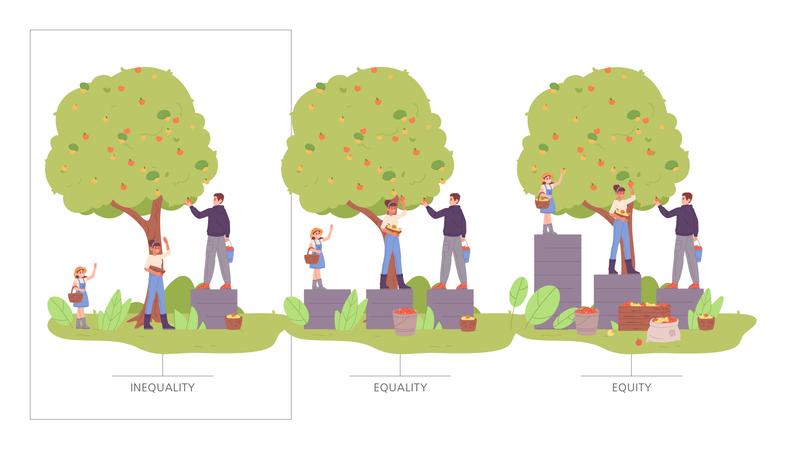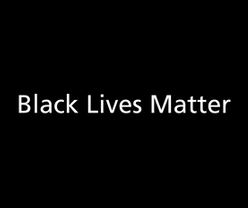Equality, Diversity and Inclusion (EDI) are three concepts that help to create a fair society, free from discrimination, where everyone gets equal opportunities and is treated with dignity and respect. We can encounter these concepts at any time, but it is particulary important to recognise and address in instances such as recruiting employees to a workplace or recruiting learners (students) to a Higher Education Institute (university).
Equity vs Equality?
The core difference between equity and equality is the difference between fairness and sameness. Equality means each individual or group of people is given the same resources or opportunities. Equity recognizes that each person has different circumstances and allocates the exact resources and opportunities needed to reach an equal outcome.

Equality Law
The Equality Act 2010 ensure that individuals, or groups of individuals, are not treated less favourably based on:
How we work together on Equality, Diversity & Inclusion?
Equality, diversity and inclusion are all important issues to the BDA. This is something we aim to reflect throughout our policies and in our education and practice as a professional body. That's why we have our BDA Equality, Diversity & Inclusion Committee, learn more about what they do.
Useful links for educators
HCPC
Want to learn more about the differences in equality, diversity & inclusion: You can read more on what they mean to the HCPC as regulatory body here.
Health Education England
Diversity and inclusion | Health Education England
Guide to practice-based learning for neurodivergent students | Health Education England (hee.nhs.uk)
NHS Education for Scotland
Equality and diversity | NHS Education for Scotland
Health Education and Improvement Wales (HEIW)
HEIW spell out their plans for creating a more equal Wales
Council of Deans of Health
Anti-racism in AHP Education: Building an Inclusive Environment
Designing for Diverse Learners
Useful hints a tip for designing learning materials
Supporting Learners with Additional Needs
Learners may require adjustments for a variety of reasons relating to their health and wellbeing.
Learners who disclose the need for adjustments in a timely manner often have support from a Higher Education Institute (HEI) tutor and the HEIs own occupational health advisors in considering what reasonable adjustments they may require for their Practice-based Learning (placement). The university may also seek discussion with Practice-based Learning providers to ensure adjustment requests are feasible. It is useful in these circumstances to have a written document outlining the adjustments required to ensure expectations are met.
You may also find it helpful as practice educators to look at this guide by Lynsey Richards for supporting learners on clinical Practice-based Learning who have been identified as having an additional learning need.
Types of Discrimination
Take a look at this video to learn more about types of discrimination.
Resources:






